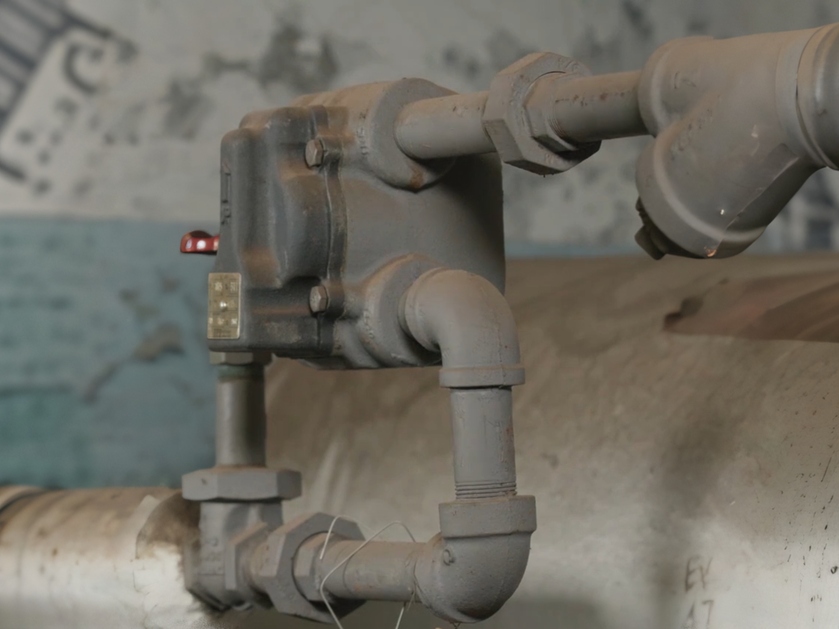Steam traps are essential to system performance and efficiency. Failure can be costly, allowing live steam to escape. In steam systems that are not properly maintained, up to 30% of steam may have failed, according to the U.S. Department of Energy. By understanding how steam traps work and why they may fail, you'll be better prepared to take action to improve overall system performance.
How steam traps work
Steam traps are designed to remove condensate from the system while preventing the loss of live steam. When steam loses its heat energy, it changes back into water in the form of condensate. Since condensate is more dense than steam, it tends to accumulate at low points and in areas where the temperature decreases, creating a natural separation from the steam.
Steam traps use a variety of mechanisms — such as float and thermostatic devices — to sense the presence of condensate. Once it detects condensate, the steam trap uses a valve to discharge the liquid from the system. Since they leverage the different physical properties of steam and liquid, steam traps operate automatically without the need for external power sources.
Why steam traps fail
Like any device, steam traps may fail to operate effectively over time without proper maintenance. Here are five common reasons for steam trap failure.
1. Mechanical issues. Over time, mechanical components of steam traps, such as valves, can wear out, become corroded or lose their sealing properties.
2. Fouling. Accumulation of dirt, debris, scale or other contaminants within the steam trap can obstruct the passage of condensate, impairing its ability to discharge it efficiently.
3. Freezing or overheating. Steam traps exposed to extreme temperature fluctuations, either due to freezing conditions or overheating, can experience thermal stress, material fatigue and loss of functionality.
4. Stress. Water hammer, caused by sudden pressure surges in the steam system, can subject steam traps to excessive stress, leading to damage and malfunction over time.
5. Improper sizing. Steam traps that are too small or too large for the application may function inefficiently, leading to reduced condensate removal or excessive steam loss. Such traps also often fail prematurely.
Preventive maintenance pays off
It's important to address these potential causes of steam trap failure through routine maintenance. Establish a regular inspection, testing and repair program.
There are multiple ways to inspect steam traps. Start by listening. If you hear a modulating, continuous flow, the trap is operating fully. An intense rushing sound may indicate a blow-by condition or some other problem. If there's no sound, the trap may be plugged. Next, vent live steam and visually check the discharge valve. Ultrasonic testers let you hear what's going on inside the trap.
If you suspect a problem, repair or replace the traps. Steam trap failure can be costly, and regular maintenance can save you money.

